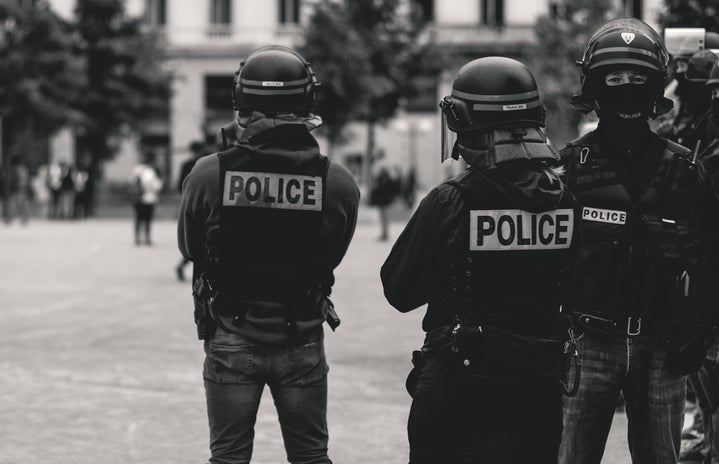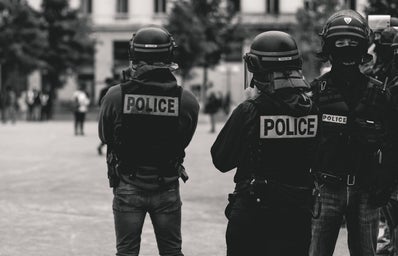I would like to preface this by assuring that interactions between EMS and law enforcement usually run smoothly with little conflict. Even when priorities clash, there is a high degree of mutual respect between the two groups. Despite having the same mission, EMS and law enforcement have different priorities upon arriving at the scene: patient care vs. overall community safety and rule of law. As an EMT-in-training, I have experienced conflicts that stem from this clash in priorities. One such experience highlights this particular rift in EMS-law enforcement relationships.
The shift started out as any other: no calls came in until late. However, like clockwork, the walkies sounded right as we got around to dinner. Despite the slight frustration, this was nothing we had not expected.
EMS and the fire department arrived on the scene at the same time, but the local police department was still en route. A man lay unconscious in his car, which was haphazardly parked at a stop sign. After waiting for a few minutes behind him at the stop sign, an anonymous caller reported the man unconscious behind the wheel. By the time we arrived on the scene, the head firefighter had already approached the vehicle in order to question the man.
The man was clearly in a scattered mental state and under the influence. His behavior was alarming—constantly fidgeting, changing his unseemingly loud music, compulsively checking his phone, and refusing to put his car in park. Concerned about the man’s mental and physical state, our team’s Attendant-in-Charge, who was also our paramedic on the unit for the night, decided to move the patient from the car onto the ambulance.
The AIC’s decision underscores EMS’ primary priority: the patient. When EMS arrives at any emergency scene, their plan of action centers around patient care. Instead of identifying potential criminal behavior, this perspective identifies patients’ need for medical attention. From this perspective, the patient, who was clearly in an altered, inebriated mental state, needed medical attention immediately.
As soon as the patient entered the ambulance, our team began checking his vitals, blood glucose levels, and any other relevant medical information. His abnormal pupil function confirmed what we already presumed about his inebriated state. Despite this, the patient’s vitals and blood sugar seemed normal. Once the AIC and team assured the patient was safe, we followed through with routine questions to make sure he would be alright.
During this process, the EMT and I heard commotion erupt outside the ambulance–police had arrived on the scene. As I peeked out to see if they needed anything, I saw the policeman and paramedic in a charged discussion about the patient. The visibly upset policeman argued with the paramedic about how our team should not have removed the patient from a potential crime scene. According to him, since the policeman did not see the patient physically behind the wheel, issues could arise in court. In light of this, the policeman spoke with urgency and anger about how the man’s criminal offense should have been considered by the EMS team prior to removing him from his vehicle.
As an EMT-in-training, the dynamics here confused me. When we arrived back at the station, the team discussed the variables of this particular scene. As I considered these variables and other EMS-law enforcement interactions I experienced, one thing became clear: the police department and EMS have similar overall missions to serve our community, but have distinctly different priorities. While EMS views the scene from a patient-centered perspective, the police department’s primary focus is protecting other community members and upholding the rule of law. This clash in priorities is deeply rooted in each group’s foundational philosophies and is a possible point of conflict.
In this scenario, the intoxicated man walked the tightrope between patient and criminal. While EMS viewed the man as a patient in need of medical care, the police department viewed the man as a possible threat to overall public safety. Despite sharing the mission of community safety, the priorities of EMS and law enforcement at each emergency scene vary. This particular scenario highlights this difference, as do several daily interactions between EMS and law enforcement. This is not to say, however, that one set of priorities outweighs the other—both groups are integral to community safety in their own distinct roles.


